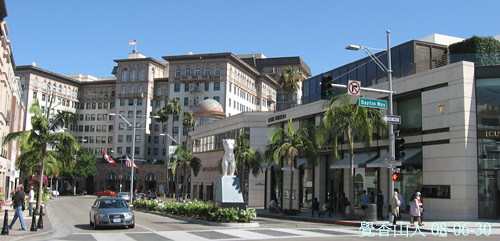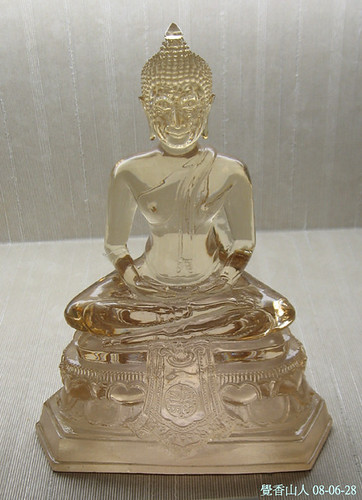A Chinese version is posted on
覺香山居.
Bill, the author of
Ancient Tea Horse Road, sent me five Oolong tea samples. They are
- 1980's [Wuyi Cliff] Da-hong-pao
- 1983 Anxi [? not appeared to be Tie-guan-yin]
- 1986 Feng-huang Dan-cong
- 1994 Feng-huang Dan-cong
- 1980's Taiwan Paochoung
There are two things noticeble here. First, these five teas have included representatives of all 4 oolong tea producing regions, namely, North Min, South Min, Guangdong, and Taiwan; secondarily, they are all aged oolong teas dated back to 15 or 20 years. Having realized these, I was very impressed by Bill, as an American tea drinker, for the depth of his tea knowledge and experiences.
| regions | North Min | South Min | Guangdong | Taiwan |
| representatives | Wuyi Da-hong-pao | Anxi Tie-guan-yin | Feng-huang Dan-cong | Paochoung |
Also based on these understanding, I decided to start the reviewing process by first grouping them into pairs. The first round would be, of course, for the two aged Feng-huang Dan-cong! This was done in last weekend.
[Method] Gai-wan
- White porcelain gai-wan, thin-walled, 100cc
- Glass pitcher (to decant the infusion in whole)
- White porcelain cups paired w/ wen-xiang cup
- Stainless kattle and electric single burner
- Amount of dry leaves used: 3.6g
- Water: when boiling, move away from burner and stand alone for a few seconds
- Pouring the water in a slow circling motion along the inside rim of the gai-wan; at the last second, raising the kettle a bit higher and pouring straight to one side of the wall so that the leaves can be rolled in water (for better infusion)
- Awaking the tea leaves at the beginning by pouring boiling water into gai-wan, then immediately empty it.
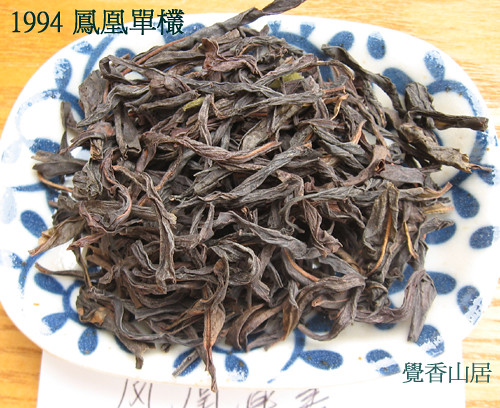 I. 1994 FENG-HUANG DAN-CONGDry leaves
I. 1994 FENG-HUANG DAN-CONGDry leaves: Impressive, entire and long twist (3-4cm); dark purple-brown with white frost-like appearance. Some still has a tint of green.
1st infusion: Decant after 1.5 minutes. Red-brown with tint of orange.
2nd infusion: Color darkened. Taste slightly astringent. The astringency was felt especially at the back of tongue and its touch with the back teeth.
3rd - 4th infusions: The tea behaved quite ordinary... but
In
the 5th infusion it started to taste better. There can be two reasons: (1) I waited longer for this infusion; (2) the tea might require a longer period to awake, and it was just about the time at the 5th infusion. This pleasant moment, however, went on to only one more infusion, and after that, the leaves seemed exhausted...
[Comments] This Dancong has a subtle floral aroma, though I could not identify which category it belongs to. It is said that there are at least 8 types of Dancong according to different fragrances, but obviously I'm too less experienced to distinguish! --- I need more Dan-cong. Did you all hear me? ;-)

(1994 Dancong, 1st infusion)
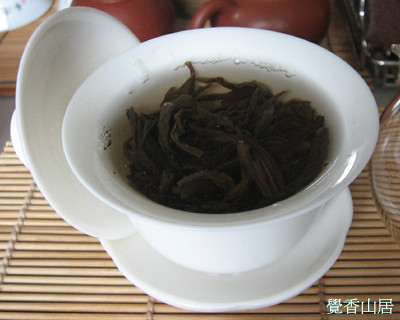
(3rd infusion)

(spent leaves)
 II. 1986 FENG-HUANG DAN-CONGDry leaves
II. 1986 FENG-HUANG DAN-CONGDry leaves: Long and thinner twist (3 cm), a little broken. Dark purple-chocolate color with some brown leaves.
Infusions: When the hot water just poured in, the leaves immediately released a kind of dark orange to red color. The taste of the first infusion reiminded me with heavy-fried Tie guanyin or Dong Ding. So, for a moment, I doubted that a mistake was made on the label. However, the coming infusions proved the tea not a member of either Anxi (Southern Min) or Taiwan groups.
This well aged tea went on for quite a few infusions -- I kept pouring and decanting and forgot how many infusions I actually went through. The color of liquor lasted as well as the taste of the tea. These were mostly done with rather quick decantations, though. I did extend the infusion time once, and interestingly, the tea tasted a little bitter at that time, I remembered. In general, the taste is much more smooth or subdued than that of the 1994's.
The review on the 1994s was done indoor at my tea table. For the 1986's, I moved out to the patio to enjoy the evening breeze...

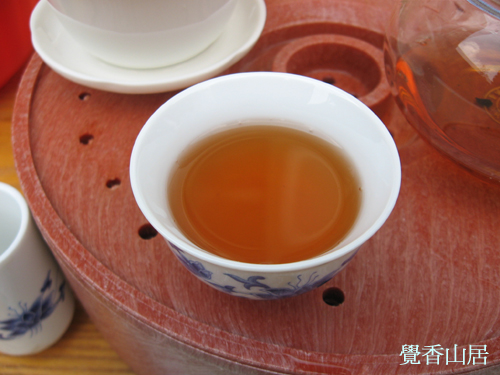
(1986 Dancong, 2nd infusion)
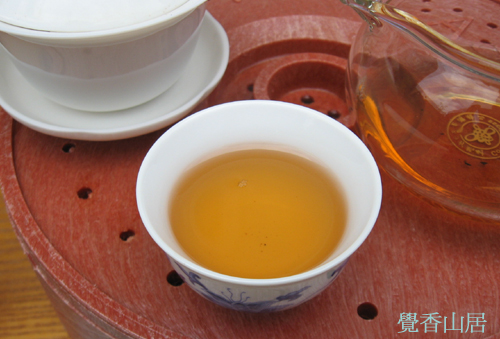
(at about the 6th infusion)
Having poured down so many cups of aged oolongs, I felt a little dizzy and seriously hungery! So, I went to look for some snacks and found out this chocolate cookies the best match with a cup of aged oolong tea (considering both color and taste)!


(spent leaves of 1986 Dancong)
[Final comparison]Though the color and liquor of the 1986's surpassed the 1994's, I personally prefer the 1994 one. I just liked the light astringency in the latter, but felt the 1986's a bit too smooth. Both no doubt are good aged Dan-cong. -- I feel lucky because (don't know why) Bill doubled the amount of the 1994 Feng-huang Dan-cong in his samples, so there is still quite a bit of it left! I will certainly bottom them up later ;-)








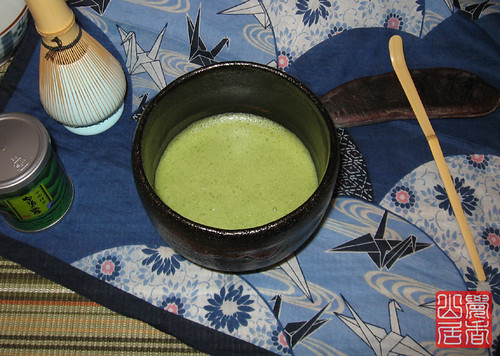
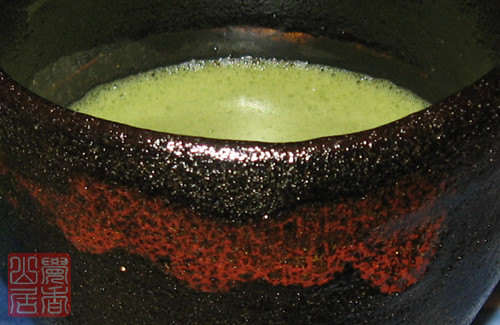





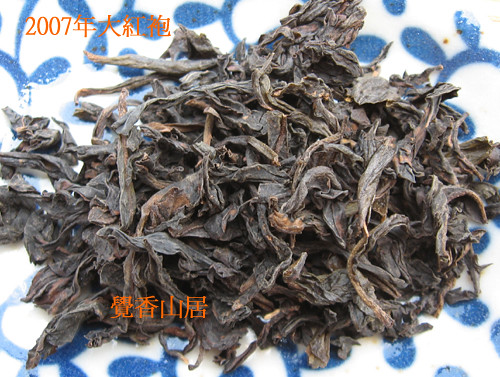
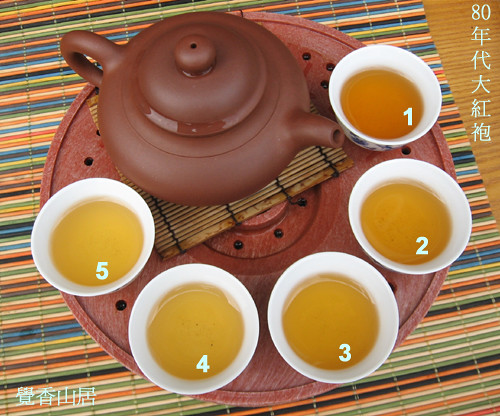
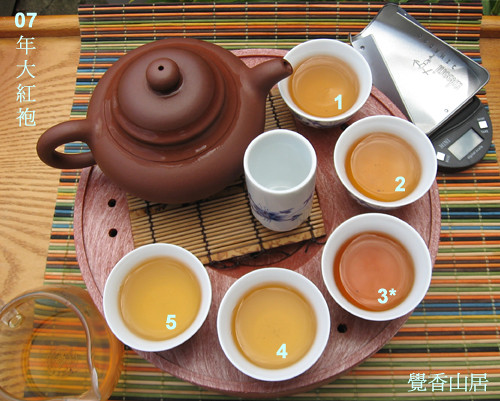
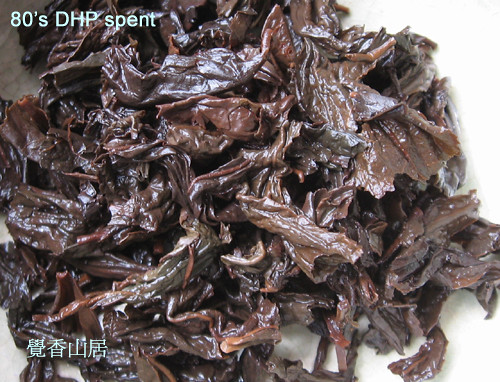











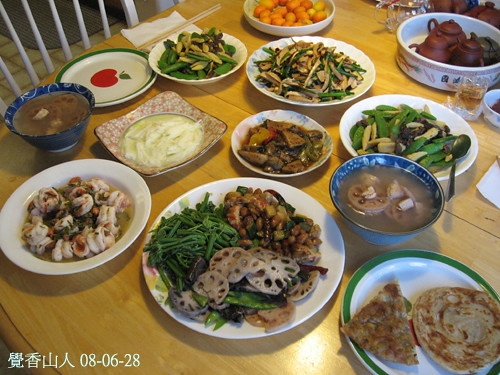
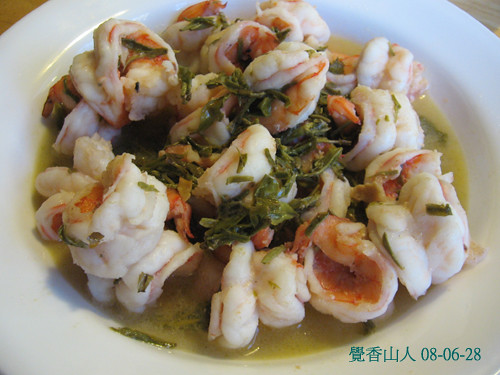
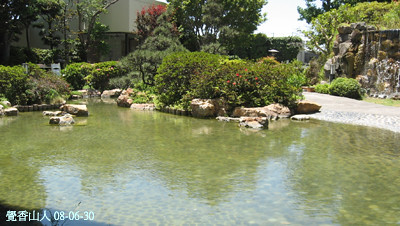
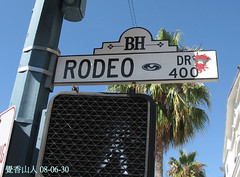

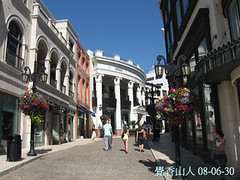

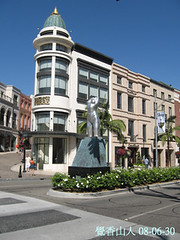
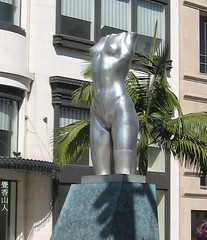
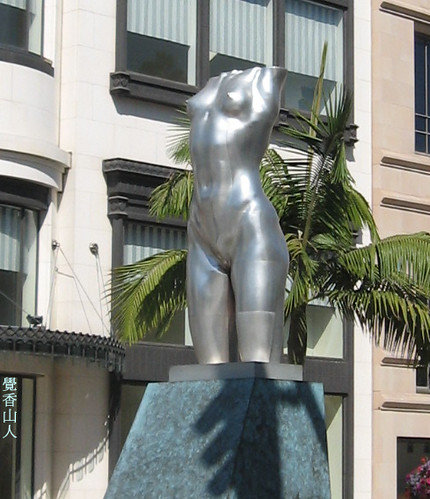

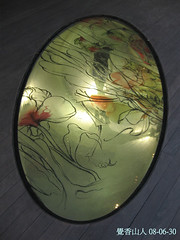
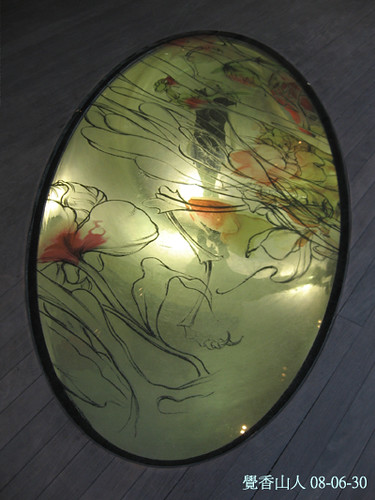 看到裡面的時裝模特兒了沒?
看到裡面的時裝模特兒了沒?


